Cultural
4 individual properties in the Village and one in the Town are currently listed on the National Register of Historic Places. In the Village, these include the United States Post Office on Franklin Street(1937); the Citizen’s National Bank Building (1939), which is the present Village Municipal Building, on West Main Street; the Buffalo, Rochester and Pittsburgh Railroad station (1910) on West Main Street and the Springville Center for the Arts (former Baptist Church– 1869) at 37 North Buffalo. One National Register Historic District has been designated: the East Main-Mechanic Streets Historic District in the Village Center. With the loss of the Lehland House there are currently 25 contributing buildings listed within the East Main-Mechanic Streets Historic District.
In April 1998, a Reconnaissance Level Survey of Historic Resources by Bero Associates identified 22 individual properties and three districts as potentially eligible for listing on the National Register. The three districts were Main and Franklin Streets, East Hill, and West Main Street. Properties in all the districts date from the nineteenth and early twentieth centuries. The Bero Report recommended that the Main and Franklin Streets Historic District encompass part of four blocks at the Village Center, including 48 civic and commercial properties, one residence, and Fiddlers Green. In the nomination process, this district was substantially restricted. The Village decided to prepare a nomination for commercial properties only and this became the East Main-Mechanic Streets Historic District.
The East Hill district includes 55 residences on both sides of Main Street, between Elk Street and just east of East Avenue. The West Main Street district includes 26 buildings, mostly residential properties, on both sides of Main Street from Waverly Street to just east of Central Avenue.
The Bero Associates report made several recommendations regarding the protection and promotion of the Village’s historic resources. These range from developing educational programs and encouraging awareness of the Village’s historic assets to continuing the process of pursuing National Register listing for Historic Districts.
The Village of Springville created the Historic Preservation Commission in 2006. This commission, made up of five board members, created two local historic districts (see map). A law was adopted, developing village ordinances that protect the integrity of these districts. Property owners must file an application for review of any proposed modifications to the exterior of their property to obtain a Certificate of Appropriateness for building within the local historic districts.
In 2011, The Village was approved as a Certified Local Government by NYS Office of Parks, Recreation & Historic Preservation. As such, the Village has received grants and NYS historic rehabilitation tax credits to educate the residents of the benefits of historic preservation. Currently, the Village is planning to prepare the East Hill District for nomination to the National Register of Historic Places. This action will make State Historic Preservation tax credits available to more Village property owners.
The Concord Historical Society, with 90 members, is active in promoting education about and awareness of historic resources. The Society’s headquarters is at the Warner Museum on Main Street, where it maintains the Warner collection, a carriage house, a Victorian garden, and the Mercantile Store which is a retail store and meeting place modeled after a 19th century general store. The Mercantile is the venue for weekly blue grass jam sessions attracting musicians from around Western New York. Annual museum attendance averages over 4,000/year. The Society sponsors a variety of activities during the year including the Fiddlers Green Country and Blue Grass Festival, the Concord Country Christmas, a cookie sale, the Dairy Festival, bus and car tours, and programs with local schools. The Society’s Center for Genealogical Research, located in the Lucy Bensley Center, houses local records, issues of the Springville Journal dating back to the 1860s and the 1883 Briggs History of Springville. Research can be performed at this location on both family history and local history in general.
